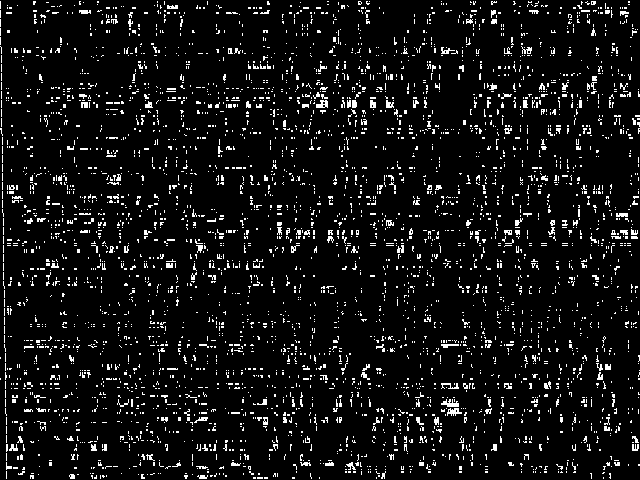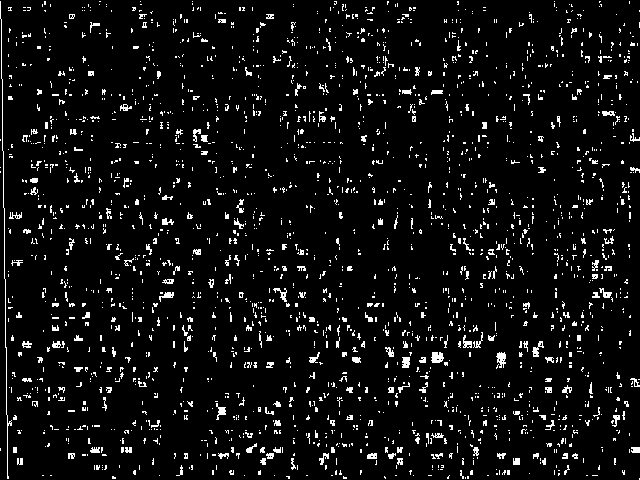×
![]()
air
| Type: | Model Group |
| Submitter: | G. Astfalk |
| Description: | Airline crew scheduling set partitioning problem |
Parent Model Group (air)
All other model groups below were be compared against this "query" model group.  |
 |
|
Model Group Composite (MGC) image
Composite of the decomposed CCM images for every instance in the query model group.
|
Component Instances (Decomposed)
These are the decomposed CCM images for each instance in the query model group.MIC Top 5 Model Groups
These are the 5 MGC images that are most similar to the MGC image for the query model group, according to the ISS metric.  |
FIXME - These are model group composite images.
|
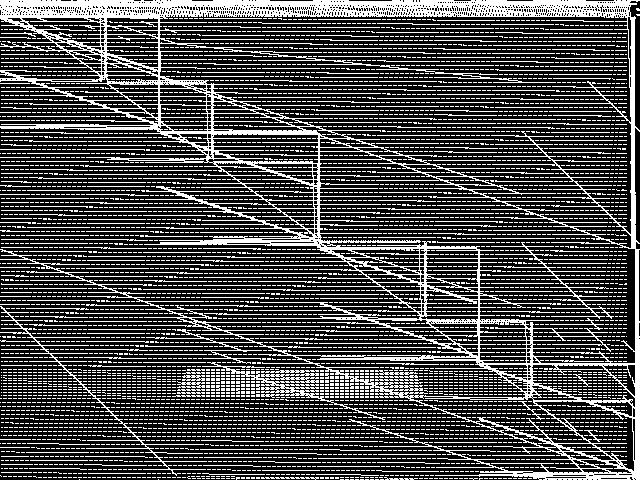 |
 |
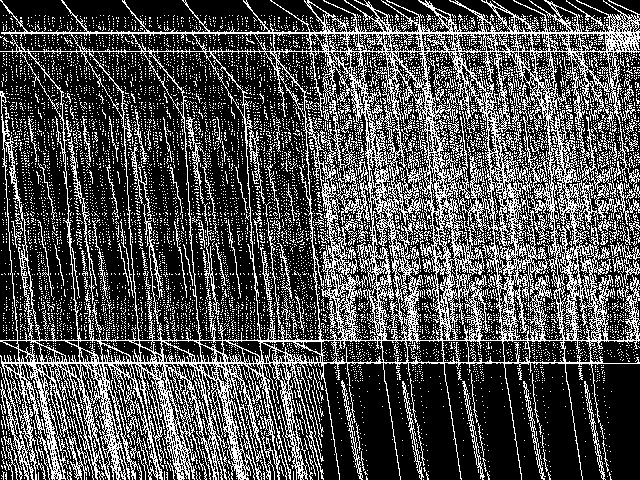 |
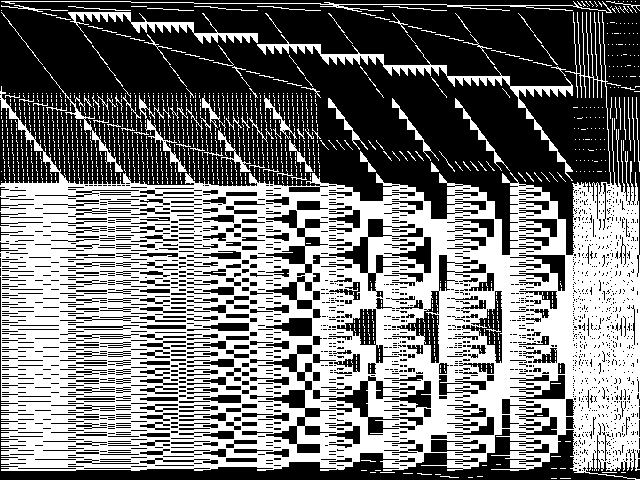 |
 |
| Name | neos-pseudoapplication-46 | maritime | reblock | neos-pseudoapplication-23 | iis | |
|
Rank / ISS
The image-based structural similarity (ISS) metric measures the Euclidean distance between the image-based feature vectors for the query model group and all other model groups. A smaller ISS value indicates greater similarity.
|
1 / 1.105 | 2 / 1.191 | 3 / 1.192 | 4 / 1.196 | 5 / 1.210 |
Model Group Summary
The table below contains summary information for air, and for the five most similar model groups to air according to the MIC.
| MODEL GROUP | SUBMITTER | DESCRIPTION | ISS | RANK | |
|---|---|---|---|---|---|
| Parent Model Group | air | G. Astfalk | Airline crew scheduling set partitioning problem | 0.000000 | - |
| MIC Top 5 | neos-pseudoapplication-46 | NEOS Server Submission | Imported from the MIPLIB2010 submissions. | 1.104815 | 1 |
| maritime | Dimitri Papageorgiou | Maritime Inventory Routing Problems: Jiang-Grossmann Models. These models are available at https://mirplib.scl.gatech.edu/models, along with a host of additional information such as the underlying data used to generate the model, best known upper and lower bounds, and more. They involve a single product maritime inventory routing problem and explore the use of continuous and discrete time models. A continuous-time model based on time slots for single docks is used for some models. A model based on event points to handle parallel docks is used in others. A discrete time model based on a single commodity fixed-charge network flow problem (FCNF) is used for other models. All the models are solved for multiple randomly generated models of different problems to compare their computational efficiency. | 1.191400 | 2 | |
| reblock | Andreas Bley | Multi-period mine production scheduling model. Solved using ug[SCIP/spx], a distributed massively parallel version of SCIP run on 2,000 cores at the HLRN-II super computer facility. | 1.192045 | 3 | |
| neos-pseudoapplication-23 | NEOS Server Submission | Imported from the MIPLIB2010 submissions. | 1.196351 | 4 | |
| iis | Marc Pfetsch | 23 "middlehard" Set-Covering Models for MIPLIB: they have a small number of variables compared to the number of constraints and CPLEX 12.1 needs about one hour to solve them.For more information, have a look into the readme file which explains how the models can be created. | 1.209813 | 5 |


